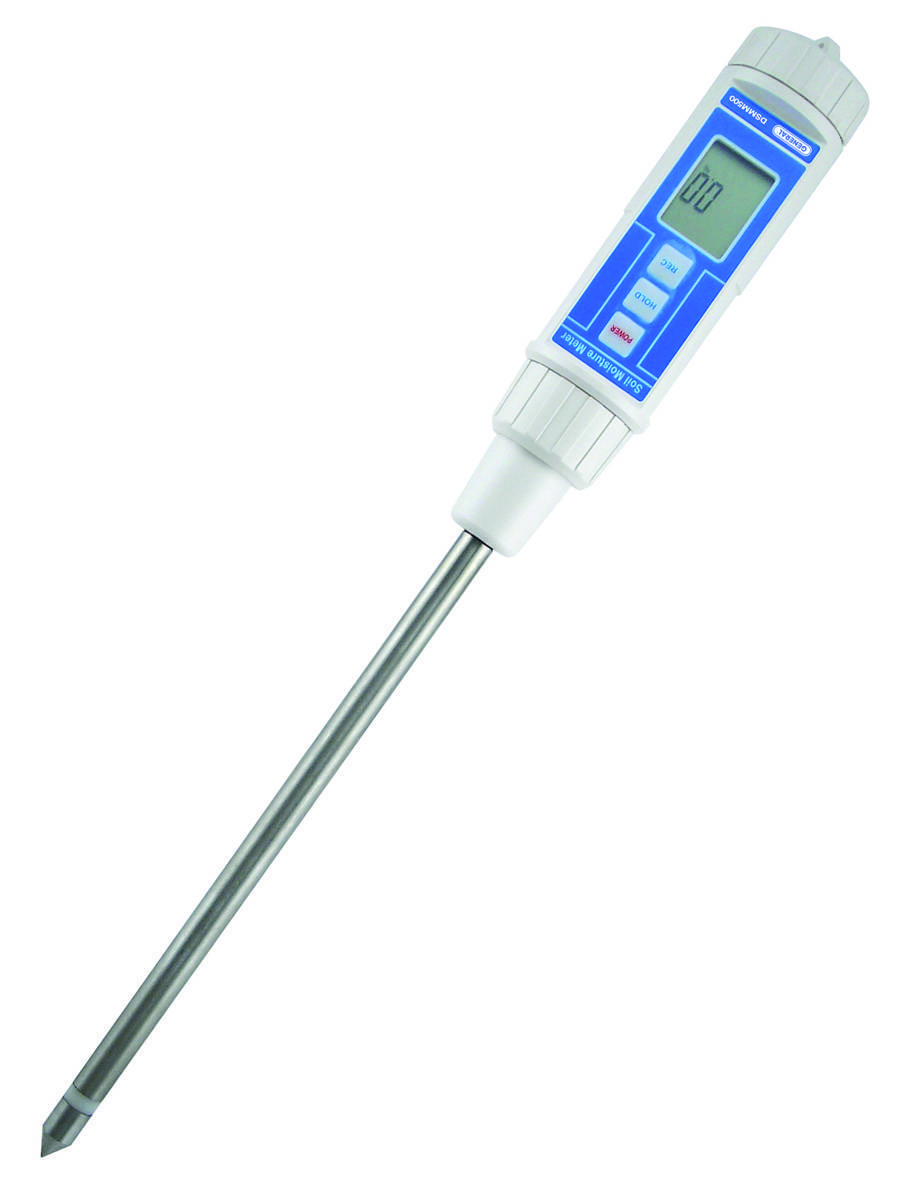Recognizing the Value of a Moisture Meter in Protecting Against Mold and Water Damages in Your Home
In the realm of home upkeep, the visibility of wetness can often be a silent yet formidable adversary, qualified of triggering prevalent mold growth and perilous water damage if left uncontrolled. Understanding the importance of a wetness meter in this battle is not simply an alternative yet a strategic necessity.
Importance of Moisture Detection
Effective wetness discovery methods are vital for guarding homes and stopping potential mold growth and water damage. Moisture can seep right into different building materials, leading to architectural concerns and carcinogen. By using a moisture meter, property proprietors can proactively recognize locations prone to excess moisture, enabling prompt intervention and reduction approaches.
Moisture meters supply precise readings of moisture degrees in various materials such as concrete, timber, and drywall. This information assists in pinpointing locations of issue, even in hard-to-reach or hidden areas. Early detection of dampness buildup allows prompt repair services or modifications to stop further damages.

Just How Moisture Meters Work
Wetness meters play an essential duty in the proactive identification of excess moisture, aiding in the prevention of prospective mold growth and water damage by offering precise readings of wetness levels in various building materials. Some advanced moisture meters combine both pin and pinless technologies for extensive wetness discovery. Comprehending exactly how moisture meters feature is important for prompt and exact dampness degree analyses, allowing efficient preventative measures against mold and mildew and water damages.
Detecting Early Caution Indicators
Upon first examination of a home, acknowledging subtle indicators of excess moisture ends up being important in the early detection of potential mold and mildew growth and water damages. Some usual very early indication consist of musty smells, water discolorations on ceilings or wall surfaces, peeling off paint or wallpaper, and deformed or blemished surfaces. Musty smells typically indicate the visibility of mold or mold, also if no visible signs appear. Water spots can signal leakages or infiltration, while peeling off paint or wallpaper may be an outcome of moisture endangering the bond of these materials to the surface area. Warped or blemished surface areas, such as buckling floorboards or blemished drywall, are clear indications of water damage. Furthermore, a boost in allergy signs or respiratory concerns among occupants might recommend the presence of mold and mildew due to excess wetness. By promptly determining and dealing with these very early indication, homeowners can mitigate the threat of comprehensive mold and mildew development and water damage in their residential properties.
Preventing Mold And Mildew Development
Identifying early caution indicators of excess moisture within a property not only makes it possible for prompt detection of prospective mold and mildew development and water damage however additionally offers as a proactive step in protecting against the proliferation of mold. To efficiently stop mold and mildew development, it is important to deal with any type of resources of dampness without delay.
In addition to dealing with moisture sources, keeping interior moisture levels below 60% can substantially prevent mold and mildew development. Correct air flow, ample insulation, and making use of a/c or followers can assist control indoor humidity levels. Checking wetness degrees in areas prone to dampness, such as basements and creep rooms, making use of a dampness meter can additionally help in very early discovery of raised moisture levels and prospective mold growth. By taking proactive steps to avoid excess moisture and mold and mildew development, homeowners can safeguard their residential property and indoor air quality.
Benefits of Routine Monitoring
Regular tracking of wetness degrees in a property can play an visit the website essential function in keeping a healthy and balanced interior setting and avoiding possible mold and go to the website mildew and water damages. By routinely checking moisture degrees, homeowners can find any kind of concerns immediately and take required activities to protect against mold development and water damage.
Moreover, normal monitoring enables homeowners to track patterns and fads in dampness levels over time. Inevitably, the constant surveillance of wetness degrees empowers homeowners to shield their residential property, protect their wellness, and preserve the honesty of their indoor setting.

Verdict

By utilizing a moisture meter, residential property owners can proactively recognize areas susceptible to excess dampness, allowing for timely treatment and reduction techniques.

Keeping an eye on moisture degrees in areas prone to dampness, such as basements and crawl rooms, using a dampness meter can additionally assist in very early discovery of elevated moisture levels and potential mold and mildew development. (Moisture Meter)